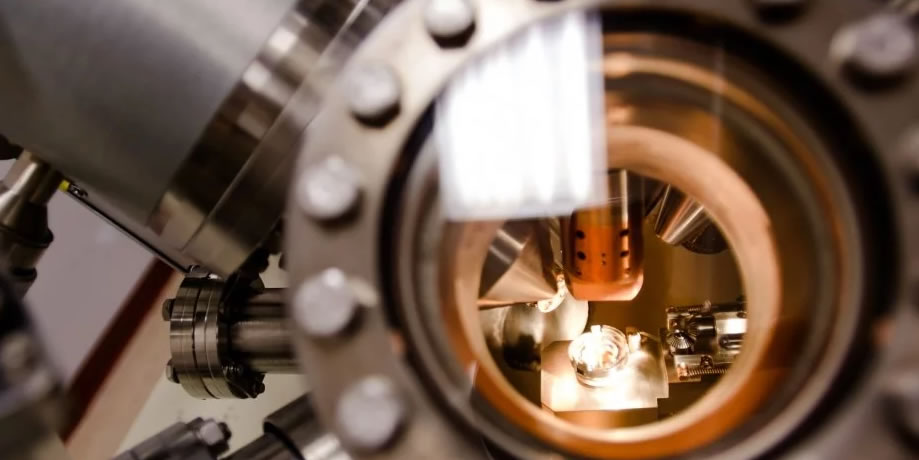The manufacturer is coming to service the FESEM next week. The work will begin Monday night and the microscope will be down until Thursday or Friday. The FIB will also be serviced while he is here but that will not affect most of you.
3:35 p.m. update. I adjusted a switch position and it may be okay now. If you hear a rattle noise push the MV1 lever (airlock valve) closed tightly and let me know right away.
2:42 p.m. The pneumatic lock on the FESEM that holds the Exchange Door closed is not functioning properly. The chamber vacuum will drop when the door drifts open and may cause the beam to automatically shut off. Please keep an eye on the door to make sure it remains in the closed position (EVAC Light will be a solid green and SC Vacuum Light will be green), especially while imaging.
We are contacting Hitachi to get a replacement.
—Danielle Langdon
There is a short in the ion vacuum pump. This happens when a flake of contamination comes off the pump elements and shorts across the high voltage circuit inside the pump. This is bad news because it cannot be serviced in the lab. Unless I can knock the flake loose somehow it will have to be sent back for repair. The microscope would be down a few weeks.
I’ll keep you updated.
There’s maybe something wrong with the ion pump. Today’s practical exams are cancelled. Hope to have the scope back on for Thursday exams.
I’ll keep you updated.
The JEOL TEM shut off over the weekend and now the ion pump needs to be conditioned. It will be back online for TEM course practicals tomorrow.
I’m planning to install the SEM stage on the FIB this Friday afternoon and I’ll need to do a week of work with it. Please let me know right away if that will cause you a problem.
 Surface and Interface Science CH5665/MSE5665
Surface and Interface Science CH5665/MSE5665
(3 credits)
WF 1-2 p.m., M 1-4 p.m. (lab)
Course Description – covers an advanced study of:
- surface processes
- properties of crystalline surfaces
- surface analysis methods
- applications towards materials science, heterogeneous catalysis, environmental science, semiconductor and energy industries
Objectives
- Understand the physical and chemical processes on a surface
- Distinguish differences between surface science techniques and their respective capabilities
- Analyze example data from surface science techniques
- Recognize, review and interpret surface science literature
- Design an experiment (or project) and choose a surface science technique that would solve a proposed hypothesis
For more information contact:
Dr. Kathryn A. Perrine
kaperrin@mtu.edu

Analyzing the surface of materials takes X-ray vision.
To do so, researchers peer into the surface chemistry of materials using X-ray photoelectron spectroscopy (XPS). At Michigan Technological University, the Applied Chemical and Morphological Analysis Laboratory (ACMAL) delves into surfaces with a PHI 5800 XPS.
Read more at Be Brief: Surface, by Allison Mills.
Timothy Leftwich, research assistant professor of materials science, helps researchers to collect, analyze, and understand their XPS data at the ACMAL facility. Kathryn Perrine, assistant professor of chemistry, helped to bring the XPS instrument to Tech and teaches students and researchers to understand surface processes. They both bring expertise in surface science and analysis of materials.
The 6400 is working now. I pulled and re-seated circuit boards and it began working again. Not sure how long it will work but let’s use it.
Same problem with gun alignment error. I’ll work on it tomorrow morning.